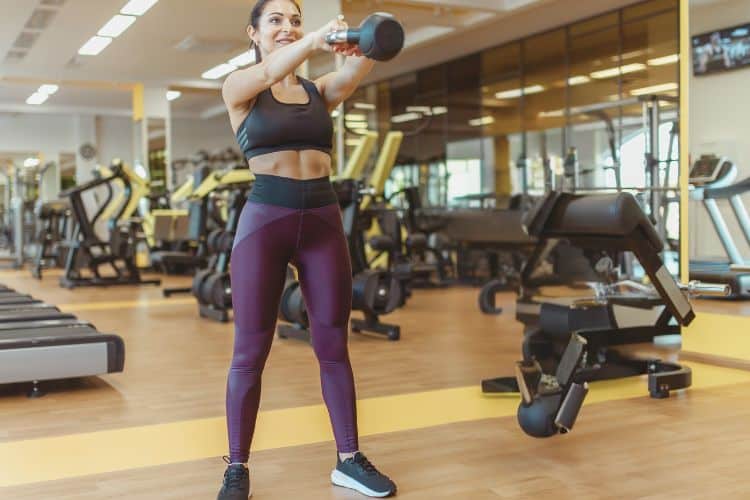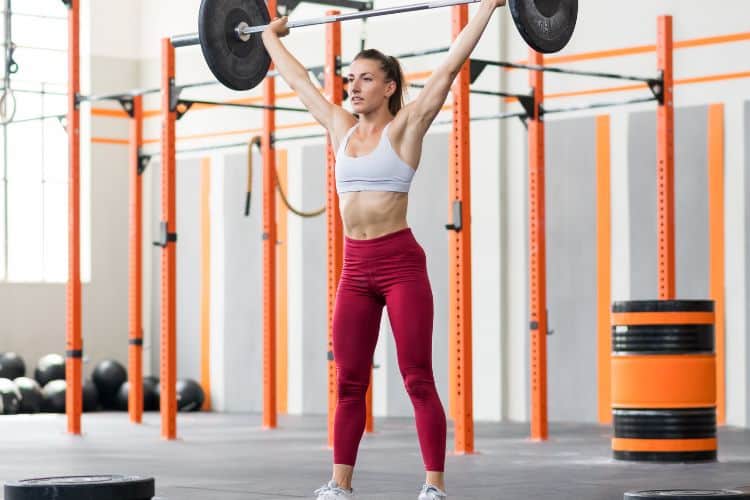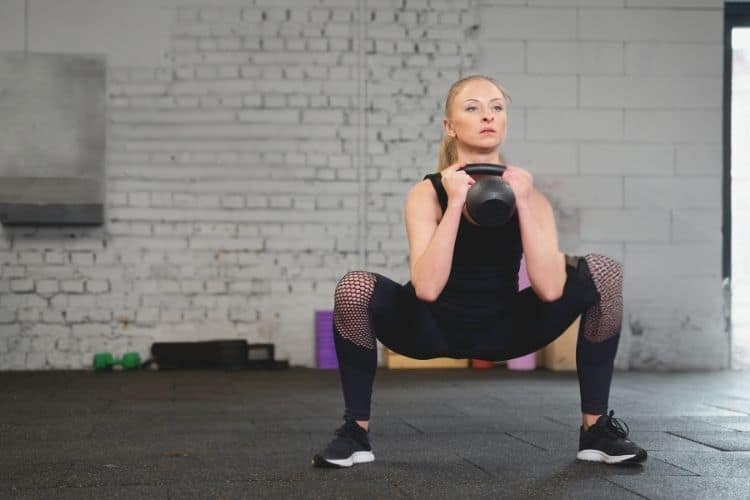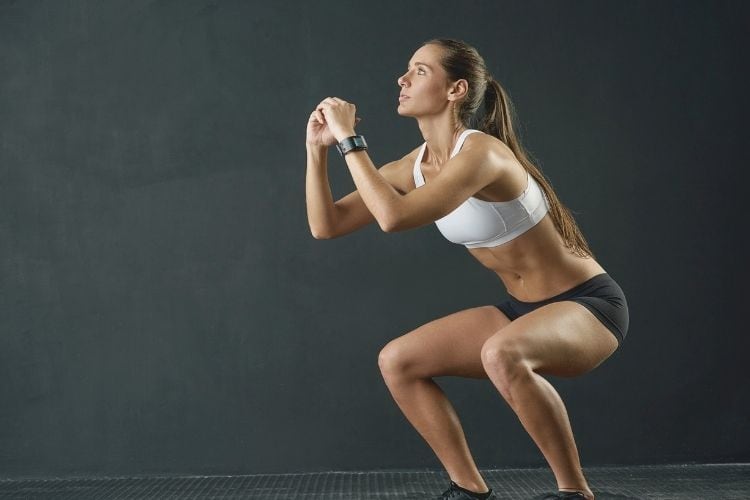Sign up for workout ideas, training advice, reviews of the latest gear and more.






Functional fitness has grown in popularity as a method to train the body for real-life activities, beyond traditional workouts. Rather than isolating muscles, functional fitness integrates various muscle groups, enhancing balance, coordination, strength, and flexibility. This training approach has become essential for anyone looking to improve their daily movement, prevent injuries, and boost overall health.
Functional fitness refers to exercises that train your body to handle real-life movements by focusing on building strength, flexibility, and coordination. Unlike typical strength-training workouts, FF exercises mimic everyday tasks, making your body more capable of handling various physical demands with ease.
Functional fitness originated from physical therapy and rehabilitation practices, where therapists helped patients regain mobility after injuries. The goal was to restore daily movement patterns, which led to exercises that built strength in practical ways. Over time, this approach was adopted in mainstream fitness as people saw its value in promoting lifelong health.
Functional fitness is about making daily tasks easier, whether lifting groceries, carrying children, or getting up from the floor. By training with functional exercises, you enhance your physical performance in routine activities.
FF exercises promote stability and balance, reducing the risk of falls and other injuries. Strengthening multiple muscle groups at once also improves joint health, making your body more resilient to strains or accidents.
Functional fitness incorporates dynamic movements that increase flexibility and improve range of motion. This is especially important as we age, as it allows for more fluid and pain-free movement.
Many functional exercises focus on strengthening the core and back muscles, essential for maintaining good posture. Improved posture can alleviate strain on the spine and reduce discomfort, particularly for those who spend a lot of time sitting.
A strong core is essential for stability and balance, acting as the foundation of functional movement. Exercises like planks, Russian twists, and leg raises target the core effectively.
Functional fitness prioritizes balance through exercises like single-leg deadlifts or balance board exercises. Improved coordination enhances body control, making daily movements smoother and reducing the risk of falls.
Traditional exercises often focus on a single plane of motion. FF encourages movement in multiple directions (sagittal, frontal, and transverse planes), mimicking real-life scenarios and improving overall body adaptability.
Squats are a foundational exercise in functional fitness, strengthening the lower body while mimicking the movement of sitting and standing. This movement builds leg and glute strength while engaging the core.
Push-ups target the upper body and core, working muscles used in many daily tasks. They can be modified to suit different fitness levels, from knee push-ups to elevated push-ups for added intensity.
Lunges help build stability and balance by challenging each leg individually. They strengthen the glutes, hamstrings, and quadriceps, which are essential for walking, climbing stairs, and bending down.
This exercise strengthens the shoulders, back, and core. It’s excellent for improving posture, particularly for those who sit for long hours.
Using a resistance band around the thighs, monster walks activate the glutes and hips, improving stability and mobility.
Before starting a FF routine, assess your current fitness level. Beginners may need to start with bodyweight exercises, while more advanced practitioners can incorporate weights and resistance bands.
Select exercises that address your specific needs. For example, if you want to improve your balance, include exercises like single-leg deadlifts or balance board movements. If flexibility is a goal, add dynamic stretches and mobility work.
A well-rounded functional fitness routine should include exercises that target the upper body, lower body, core, and flexibility. Aim to perform each exercise with proper form, focusing on controlled, purposeful movements.
Young adults benefit from FF by building a strong foundation for an active lifestyle. Exercises focusing on strength, coordination, and agility can help them meet the physical demands of both work and play.
As we age, functional fitness becomes even more essential for maintaining independence and quality of life. Emphasis on balance, flexibility, and core strength helps older adults move more easily and prevent falls.
Functional fitness doesn’t require a lot of equipment, and bodyweight exercises are often sufficient. However, adding resistance bands, kettlebells, and stability balls can enhance the variety and intensity of workouts.
Proper form is critical in functional fitness to avoid injury. Take the time to learn each exercise with the correct posture and alignment, and don’t rush through movements.
Functional fitness can be intense, especially on the joints and muscles. Prioritize rest days and incorporate stretching and mobility work to support muscle recovery and prevent strain.
FF is more than a workout trend; it’s a holistic approach to training that prepares the body for real-life activities. By incorporating functional exercises into your routine, you can improve strength, flexibility, and balance, enhancing your overall quality of life. Whether you’re an athlete, a busy parent, or looking to maintain your independence as you age, FF offers benefits that go beyond the gym, supporting health and vitality at any stage of life.
Stay up to date on the latest women’s health, fitness and lifestyle trends and tips.